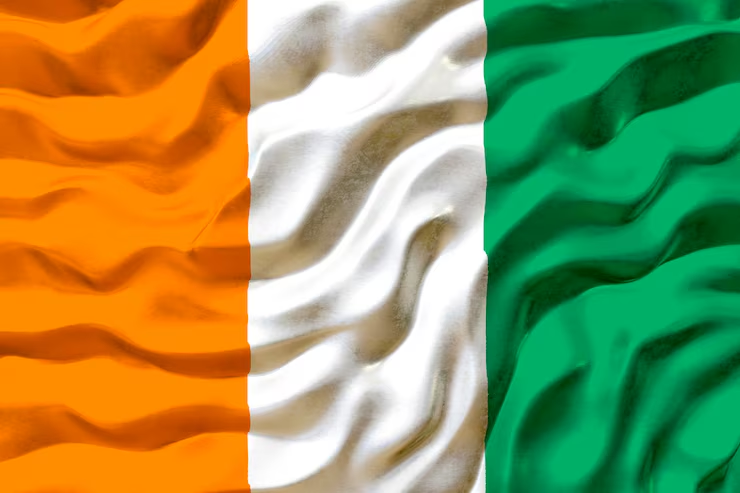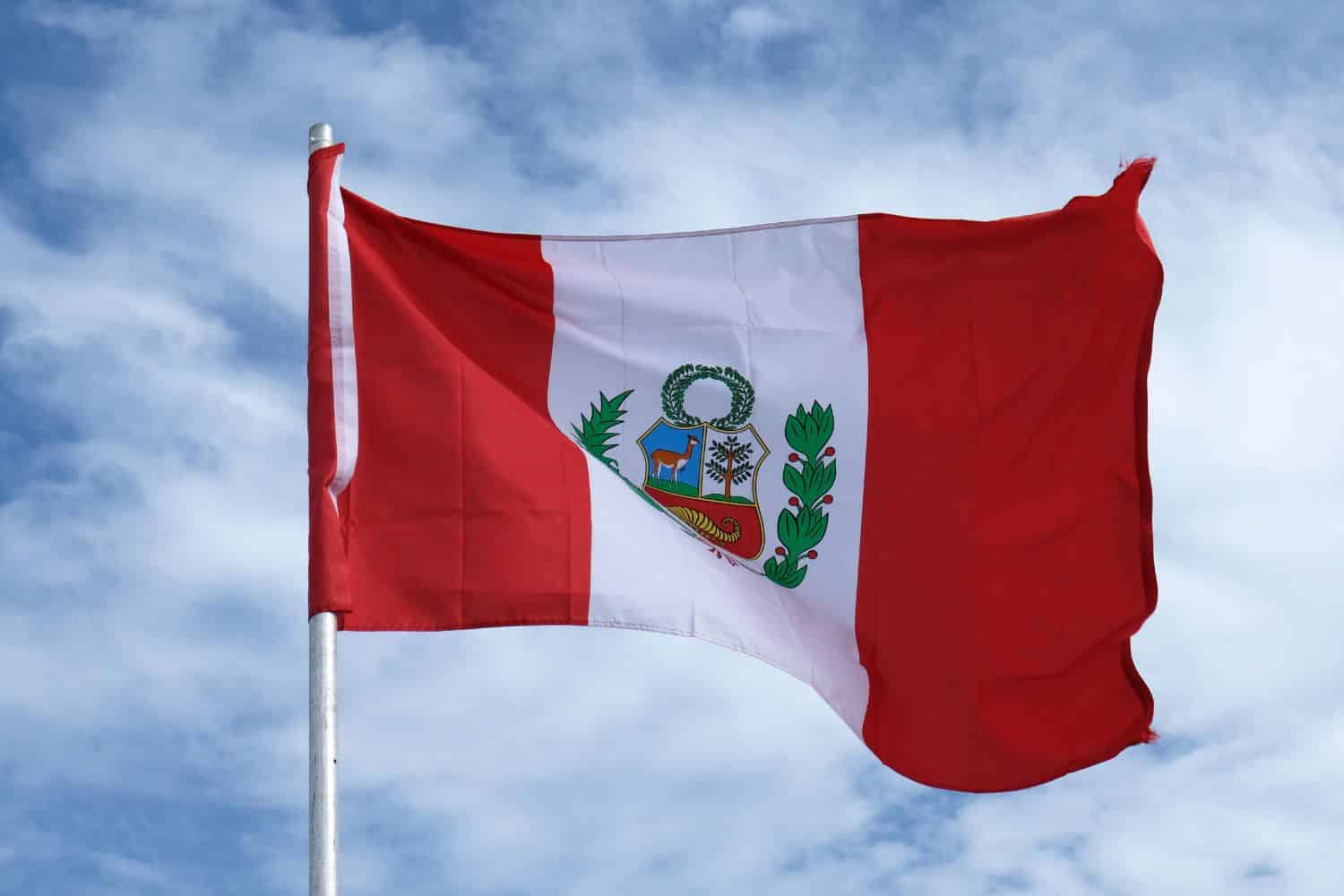Introduction
The digitisation of finance is changing the global economy — and, in Francophone Africa, there’s an emerging landscape where digital payments in stablecoins are being used as a conduit for economic growth in the rural and urban areas. Countries like Côte d’Ivoire are expressing a growing appetite for crypto adoption (particularly, among freelancers, traders, and startups eager for speedier, cheaper, and more transparent financial infrastructure).
In this piece we’ll take a look at how stablecoins like USDC and USDT are being implemented in Ivory Coast, what this means for Francophone Africa more broadly, and how platforms like TransFi are addressing economic disparity by bridging the gap between legacy systems and blockchain.
How Cryptocurrency is Being Used in Côte d’Ivoire
While Francophone West Africa has typically been behind Anglophone Africa regarding crypto usage, this is changing. Crypto adoption in Côte d’Ivoire is gaining ground on the back of a mobile-first population, a lack of access to banking and remittance flows that take a large cut.
Ivory Coast, a country with more than 29 million people, has more than 10 million unbanked adults. Citizens of the second-mentioned countries might want to look into digital currency in West Africa as a more convenient option due to the fact that proper banking infrastructure can be costly or non-existent in rural areas.
What’s different now? The answer is in stablecoins — namely USDT (Tether) and USDC (USD Coin) — that possess the advantages of cryptocurrency without the volatility associated with assets such as Bitcoin or Ethereum.
Also read: Stablecoin Payments in Burkina Faso: P2P Solutions for a Cash-Based Economy
Why Ivory Coast Is Getting Into The Stablecoin Business
Stablecoins in Francophone West Africa are perhaps a first stepping-stone into digital finance. Unlike cryptocurrencies, which are not fixed to any fiat currency and fluctuate in value, stablecoins are tied to fiat currencies (typically the US Dollar) and provide a standardised value of a “stable” price point that attracts risk-averse users.
Here’s why they’re causing a stir in Ivory Coast:
When the USD value of their stored value goes up, they stop accepting payments for goods and services based on fluctuations they do not understand, not when demand is low and they need it most. Price Stability: This incentivises merchants to accept value as money.
Cross-Border Trade: Traders are using USDC and USDT in Francophone African markets to circumvent slow banking systems.
Remittances: Families in Côte d’Ivoire are using stablecoins to send money back and forth home, and are finding it faster and cheaper than using Western Union.
Peer-to-Peer Finance: Youth and freelancers are behind the peer-to-peer crypto in Ivory coast through platforms such as WhatsApp, Telegram, and local crypto apps.
In other words, stablecoins enable entrepreneurs in Ivory Coast by providing instant payments, lower costs and cross-border accessibility that traditional banks can’t beat.
Use Cases: Who’s Using Stablecoins?
What are the real-world conditions behind this surge?
Freelancers & Gig Workers
For remote gigs, many of the freelancers operating in Abidjan and across the continent are paid via stablecoins. At this point, networks such as Upwork and Fiverr are not reliable sources of direct CFA payment, so cryptocurrency-based options for Ivorian freelancers and traders are getting them excited.
Small Businesses & Traders
Shopkeepers in cities like Bouaké and Yamoussoukro are relying on blockchain payments in Ivory Coast to pay back cross-border orders, particularly for products from Ghana and Nigeria, where digital payment systems are more established.
Remittance Recipients
The cost of sending money home for the Ivorian diaspora is also high, and the process is very slow. Applying stablecoins for remittances in Côte d’Ivoire can now provide users with a more viable alternative to their formal remittance rails, with fees descending from 8-10% to almost zero.
The CFA Franc Challenge & Stablecoins as a Bridge
Then there is the West African CFA Franc, a currency left over from the era of colonisation, lashed to the euro that has created headwinds for trade and liquidity. Exchange rate regime constraints, reliance on monetary policy and high transactions costs make it difficult for citizens to participate in global commerce.
Here’s where stablecoins bridge the financial chasm between stablecoins and the West African community — users can now avail a dollar-pegged asset without having to have a foreign bank account.
For instance, a trader in Ivory Coast could get USDT from a supplier in Dubai, immediately trade the USDT for CFA on a P2P market or in a crypto wallet, pay their vendors, and there’d be no central bank delays, no extra fees.
TransFi: Bringing Stablecoin Access to Francophone Africa
TransFi Is Providing Seamless On/Off-Ramp Solutions For Stablecoins And Crypto. TransFi is one of the platforms making this transformation possible, with a cross-border payment infrastructure that provides seamless on/off-ramp solutions for stablecoins and crypto in emerging markets.
Through TransFi’s network:
"Users in the Ivory Coast can also cash in and out of CFA Franc, converted into USDT or vice versa at very low fees.
Received instant stablecoin payments from global customers and then cashed out in local currency.
Developers and fintech apps can integrate stablecoin wallets and payment rails directly into their products.
But with TransFi, financial inclusion isn’t a buzzword; it’s infrastructure. It lets market traders to app developers in West Africa tap into the global economy through stablecoin payments in the Ivory Coast.
The Great DeFi Craze of 2020 even reached West Africa
In line with stablecoins, DeFi uptake in West Africa is on the rise. As people learn more about yield farming, staking and savings-type protocols, they’re learning about to use decentralised finance to beat inflation and earn passive income — something the CFA track does not provide.
Although DeFi is a niche currently, mobile penetration, a young population and high instability of its currencies make Francophone Africa one of the most important potential targets for the development of DeFi.
Challenges and Risks
It does have its challenges, however, even if the future holds some promise for crypto adoption in Côte d’Ivoire:
- Regulatory Uncertainty: Many West African countries lack a definitive legal framework for crypto.
- On/Off-Ramp Friction: It’s difficult to travel between fiat and stablecoins without trusted partners like TransFi.
- Education Gap: A lot of users don’t really know the full implications of stablecoins, nor of DeFi, which can lead to scams or misuse.
But with the penetration of the Internet rising, interest from the youth increasing, and platforms addressing friction points, the advantage of deploying stablecoin infrastructure in Francophone countries is too great to ignore.
The Bottom Line: A New Financial Chapter for Francophone Africa
Indeed, as crypto use for financial inclusion in Ivory Coast skyrockets, stablecoins are doing more than simply serving as digital dollars — they’re mobility patterns for merchants, freelancers and families in West Africa. By facilitating easier remittances in Côte d’Ivoire to driving cross-border trade, USDT and USDC are creating the starting point for a financially integrated Francophone Africa.
And now with apps like TransFi that enable this transition, integration with stablecoins outpaces in speed, compliant interoperability and user convenience has never been more straightforward.
The future of money in West Africa may not be printed, but minted on-chain.
FAQs
What is a stablecoin payment, and how does it work in Ivory Coast?
Stablecoin payments require the use of crypto assets such as USDT or USDC that are pegged to the U.S. dollar. In Ivory Coast, they are used for remittances, trade and peer-to-peer payments, as avatars of a bank: faster and cheaper.
Is crypto trading legal in Côte d’Ivoire?
Côte d’Ivoire: While not technically banned, crypto operates in a grey area in Côte d’Ivoire. Users must do due diligence and use platforms like TransFi, which doesn’t talk about creativity less but more and focuses on compliance and security.
How are stablecoins being used for remittances in Côte d’Ivoire?
Diaspora workers send USDT or USDC straight to wallets or P2P platforms in Ivory Coast, from where it is converted to CFA Franc with lower fees than the traditional means.
Will small businesses in Ivory Coast accept stablecoin payments?
Yes. Stablecoins empower merchants in Ivory Coast with the following: Faster cross-border payments that escape bank-deductible periods, Access to a global customer pool without jumping through hoops
How is TransFi supporting the growth of stablecoin adoption?
TransFi is the most efficient bridge between a local currency and a stablecoin available for purchase, sale and use of USDT and USDC by users in Ivory Coast, which contributes to actual financial inclusion.
Table of Contents
Suggested Article
Explore our products

Make global payments at the speed of a click

Accept payments, remove borders.

Unlock Seamless Digital Currency Transactions Anywhere








.png)














